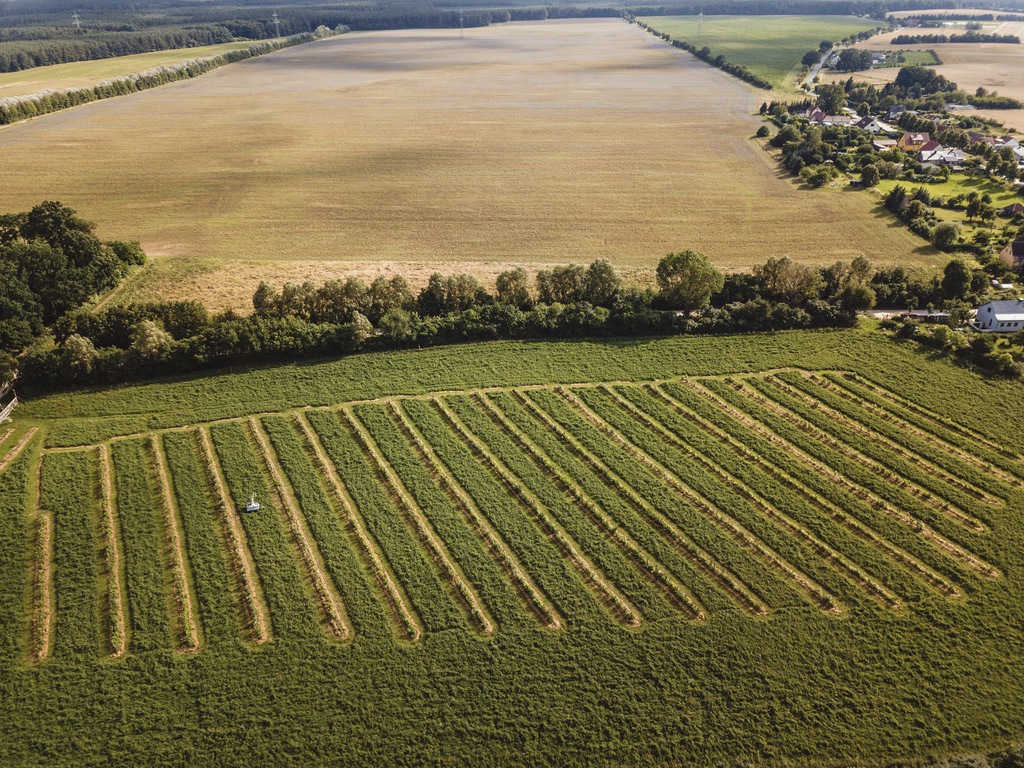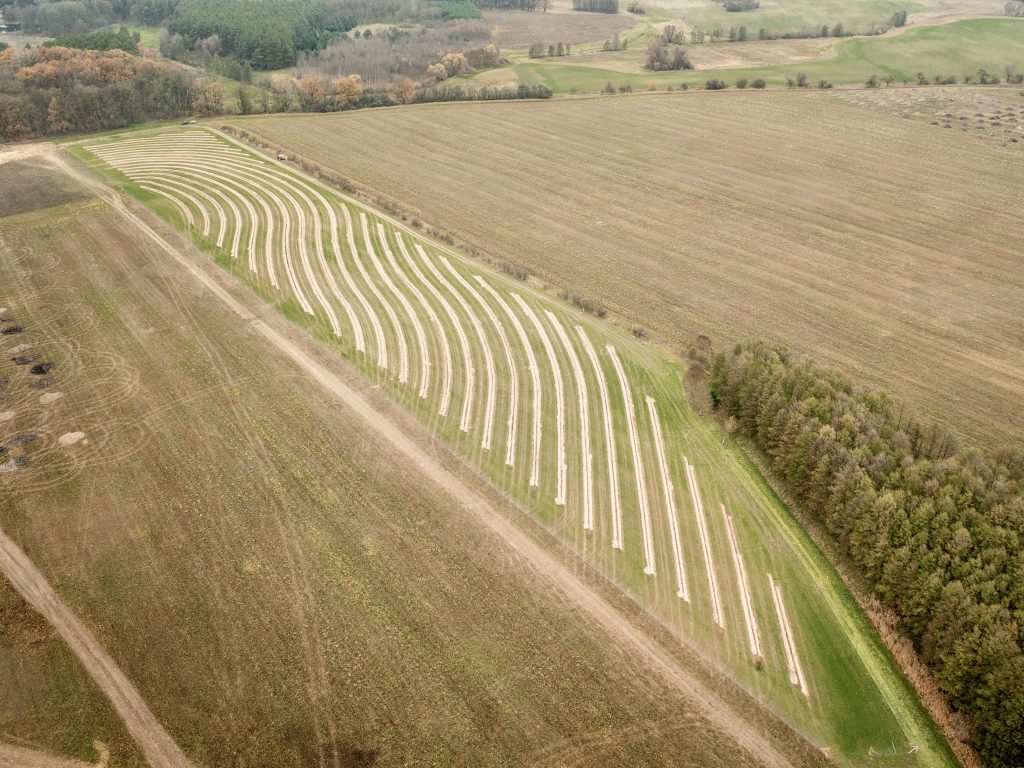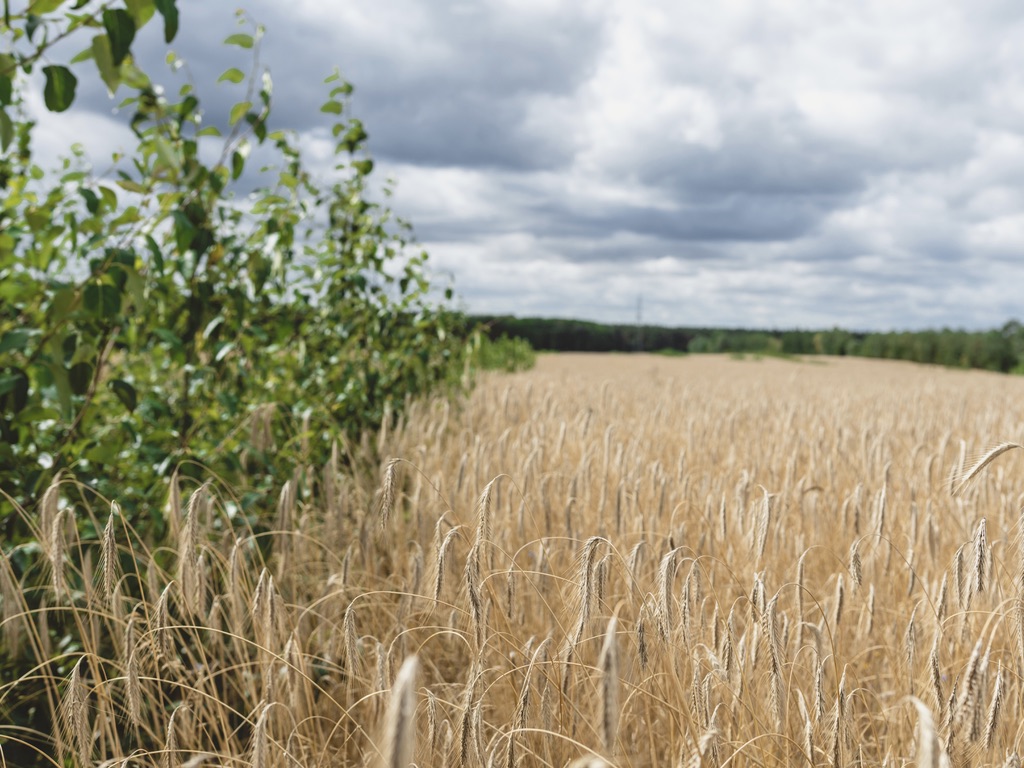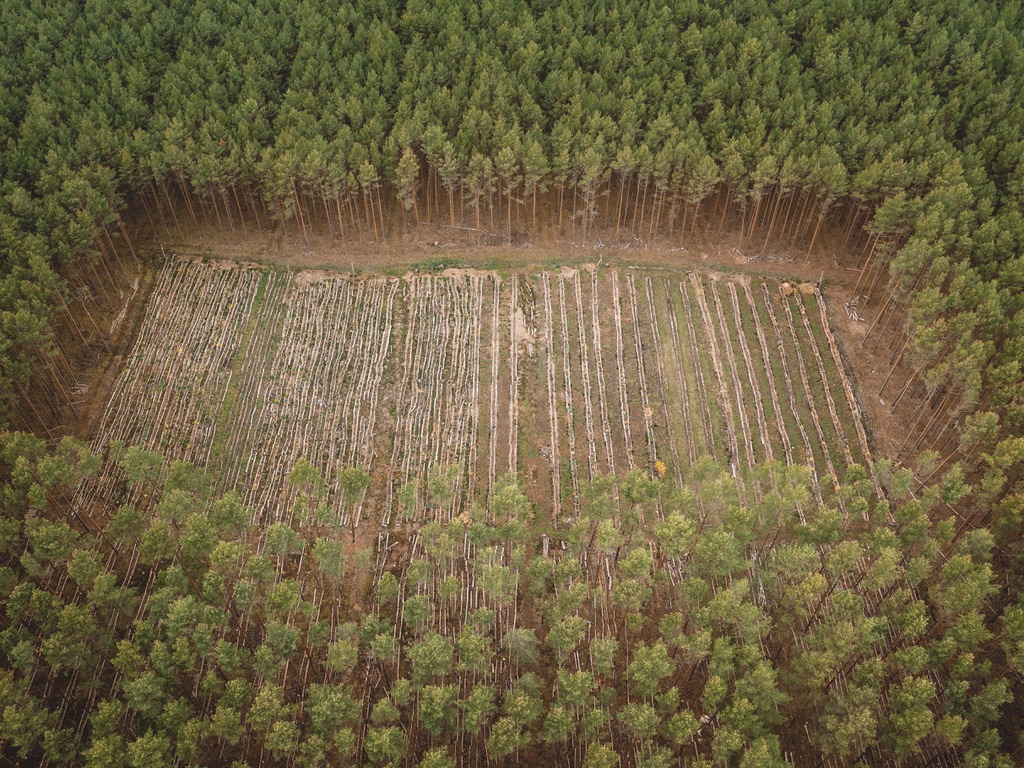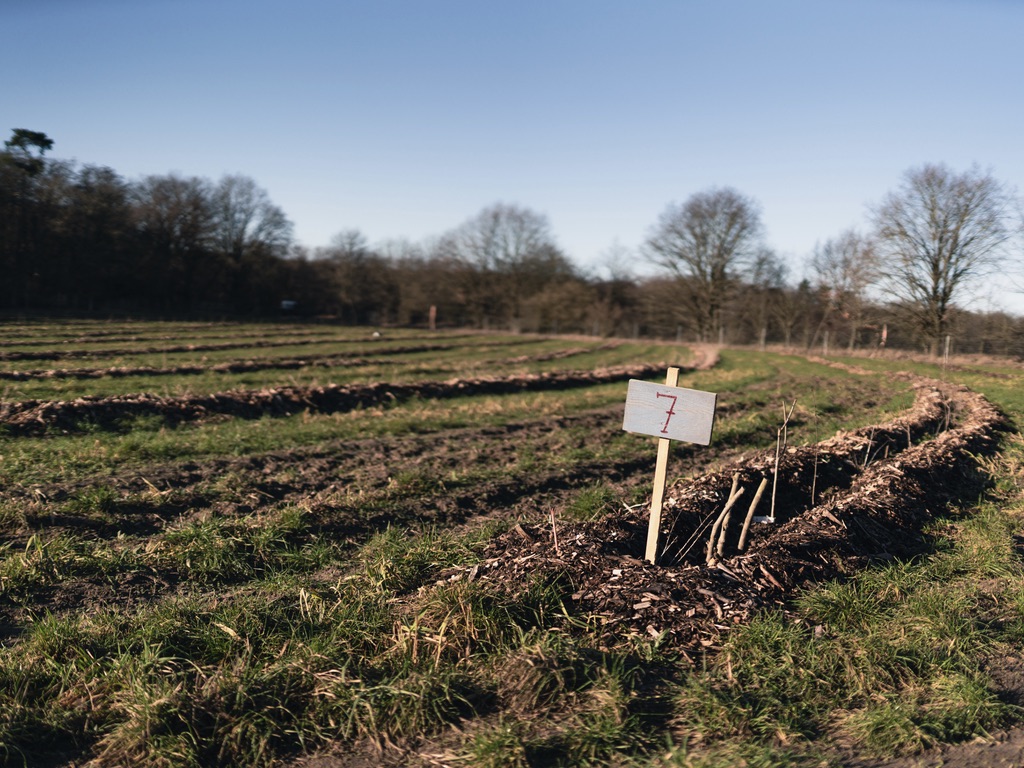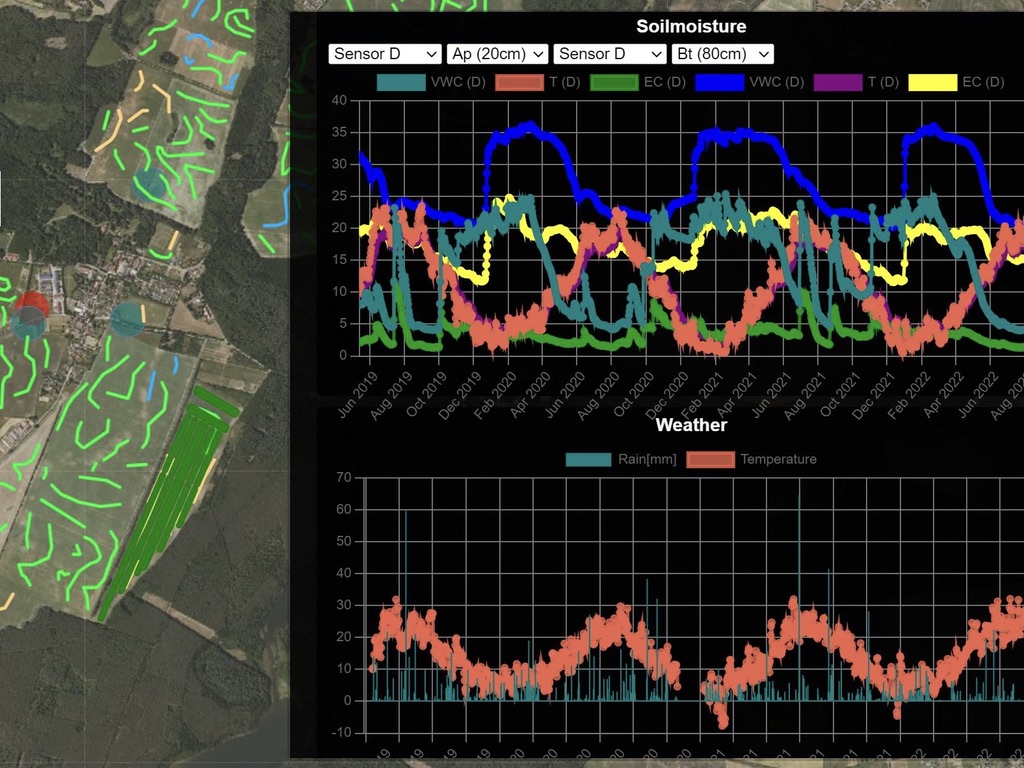
Projects & Partners
Practical examples
of our work
Our focus is on the development and implementation of regenerative agriculture and forestry practices. In order to collect data on these land use concepts, we first have to establish cultivation methods. Some of these have fallen into oblivion, such as syntropic agroforestry.
Thanks to our partners, we have been able to do this successfully on several 100 hectares.
The continuous documentation, sampling and further development of multifunctional land use concepts and conservation measures are an integral part of our work. We are also able to carry out specific individual projects with our scientific partners.
Data-based assessment of the multifunctional and digital transformation of a farm in Brandenburg, Germany.
Organization and coordination of holistic biotope networking projects through target renaturation and agroforestry.
In the project “SEBAS”, the interactions between agroforestry and species diversity of insects are comprehensively investigated.
Scientific monitoring of forest conversion, in which pine stands on sandy soils, far from groundwater were restructured.
What are the costs of initial establishment and maintenance of a syntropic agroforestry system?
The digital twin is a georeferenced image of our database, in which we record all the values of the studied plots.
DaVaSus: Data and value-based decision making for a sustainable land use
Partner

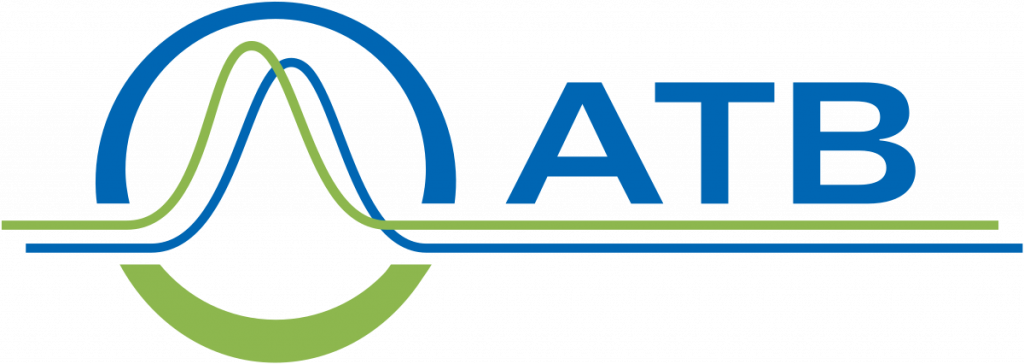
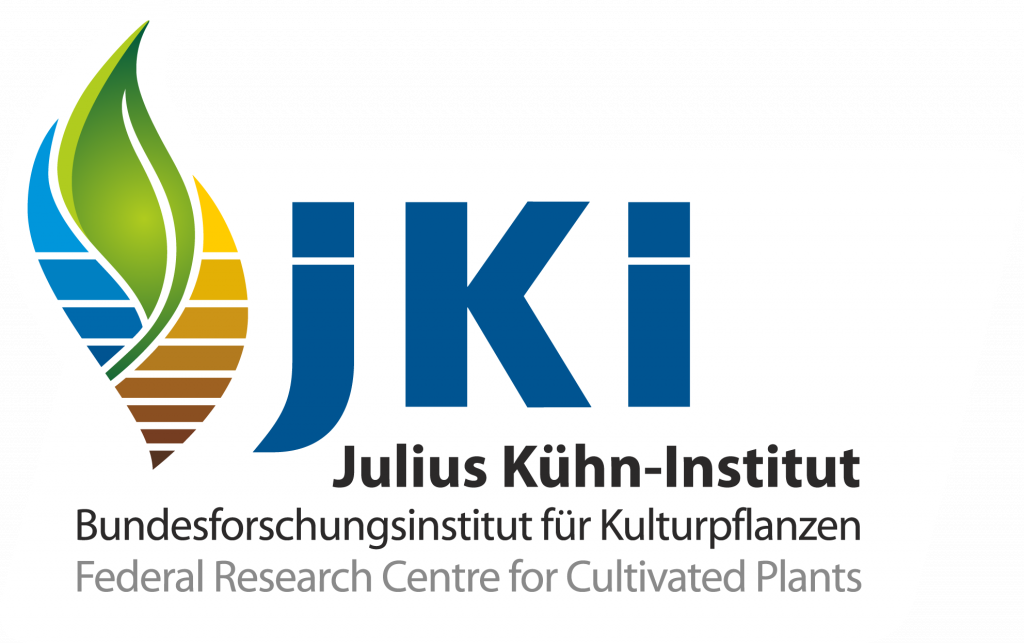

The Finck Foundation together with the JKI, the KTBL and the ATB created the research project “DaVaSus: Data and value -based decision making for a sustainable land use.” (1)
This project collects data and uses it as a basis for decision-making in such a way that the ecological, social and regional economic optimum can be aimed for.
DaVaSus creates the basis for this by measuring the complex interrelationships of soil, water, biodiversity, (micro-)climate, animal welfare and management forms with the help of digital instruments. Making them information available by means of mobile communications, technologically evaluating them using artificial intelligence (AI) and valuing them monetarily with the help of suitable evaluation systems.
A prototype for integrated data collection, networking and evaluation is being developed, which may be transferable to other farms in the future. The valorization of ecosystem services is a key focus of the project. Providing farmers with simple and quick meaningful and holistic results on their management practices.
On the project website davasus.de you can learn more about the project goals, test areas as well as the individual parameters of the data collection and evaluation.
(1) The project is funded by the Federal Agency for Agriculture and Food (BLE) as part of the funding for the establishment of experimental fields – as farms of the future and regions of the future work towards digitization in agriculture, using upstream and downstream value chains (Funding code 28DE204A21).
Biotope networking
Small periglacial hollows, formed after the melting of dead ice overlaid with sediments are being restored .
Partner

Supported by

The Finck Foundation organizes and coordinates integrated biotope networking projects and ways farms can implement them. Four sumps that had dried out due to climate change and drought, have been restored. In 2022, these were desilted and successfully renaturalized. With the help of winter precipitation, they are collecting rainfall and can once again serve as a biotope for amphibians.
These biotopes remain as evidence of the last ice age. Kettle holes were formed in the middle of the vast fields after the melting of dead ice overlaid with sediments and are used as “stepping stones” by migrating small animal species such as frogs, toads, newts, salamanders and insects. A kettle hole thus ensures the survival of animal populations.
The revitalization represents the first part of a large-scale, holistic biotope network. The implementation is supported by the Stiftung NaturSchutzFonds Brandenburg together with the newly planted agroforestry system. These projects are being accompanied scientifically within the framework of the Julius Kühn-Institute. One focus is looking at whether CO2 emissions can be reduced through the revival of these kettle holes.
Further information about the planned overall project and a detailed report on the project already carried out can be found here and on the pages of the NaturschutzFonds.
Biological diversity
SEBAS is the first project to comprehensively address the interactions between agroforestry and species diversity, looking at insect abundance.
Partner



In the project “Stabilization and enhancement of biodiversity and ecosystem services on agricultural land through the creation of diverse agroforestry land use structures” (SEBAS) farms, associations and research institutions are working closely together to investigate the effects of agroforestry systems on biodiversity.
For the first time, SEBAS comprehensively addresses the interactions between agroforestry trees and species diversity and insect abundance. The focus of the research is on insects such as ground beetles, wild bees, butterflies, bugs and short-toed grasshoppers.
The SEBAS project is funded in the Federal Program on Biological Diversity by the Federal Agency for Nature Conservation. Funds are supplied from the Federal Ministry for the Environment, Nature Conservation, Nuclear Safety and Consumer Protection. More information about this project can be found here and the current press release here.
Forest transformation project
The aim is to establish a diverse, climate resilient mixed forest and to quantitatively assess the influences of different management practices.
Partner
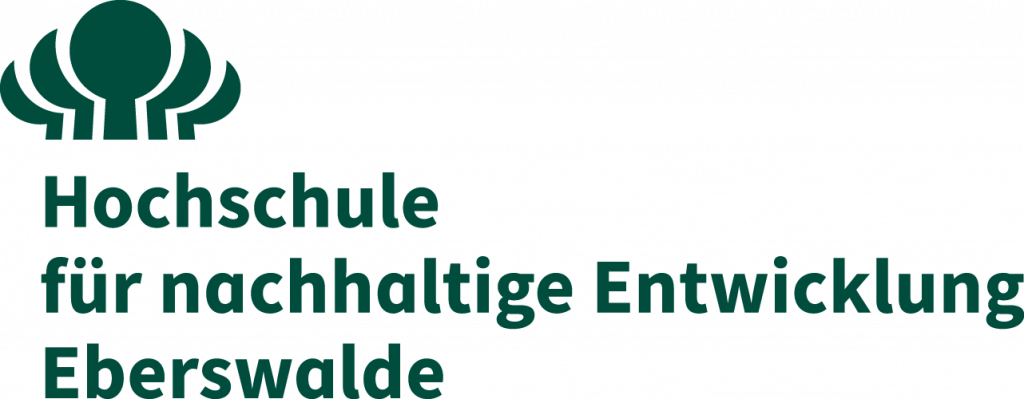

Funded by

In the course of the LandVision Alt Madlitz GmbH’s forest conversion project which started in 2021 and is funded by the “Fertilise The Future Fond” of Ecover, 5 plots of 1.5 hectares of pine trees on sandy soils were restructured using different management methods. On three different plots, motor-manual forestry methods are implemented. One plot adopting classical forestry techniques, one adopting active management and the middle plot adopting an integrated combination of both.
The aim of this research project is to establish a diverse, climate resilient mixed forest. Through this we aim to quantitatively evaluate the influence of the different management methods on soil health, species diversity, water availability, microclimate and wood yield.
Over the course of the scientific monitoring together with the HNEE, we have carried out extensive soil sampling, georeferenced inventories of all plants and determined their vitality. Additionally, research by the JKI insect diversity and abundances will start in 2023.
Agroforestry with animal integration
What are the costs of establishing and maintaining a syntropic agroforestry system?
Partner

Within the framework of our research work and a collaboration with the KTBL, all investment, planting and labor costs were recorded and evaluated during the example of the newly established agroforestry keyline system in winter 2021/2022.
This provides a measurement of the economic viability and maintenance cost of a syntropic agroforestry system, on a real farm. The report, with detailed instructions of the individual steps can be found here.
Digital twin
The geo-referenced depiction of our database, which shows all values of the investigated areas.
Partner

The digital twin is a geo-referenced application of our database, in which we try to record as many values as possible of the investigated agricultural land and forestry. The digital twin shows soil nutrients, temperature and water content, agroforestry stands, yields of arable crops, rotation cycles of holistic pasture management, and local weather data. The goal is to record and review over time how the systems are affected by their conditions.
Water availability and groundwater recharge
How do different land use practices affect water availability and groundwater recharge?

Partner
Together with the Leibniz Institute of Freshwater Ecology (IGB), we have been investigating how different land use methods affect water availability and groundwater recharge on the land in Alt Madlitz since 2021. Using drone overflights and soil moisture sensors in four agroforestry systems, on the summer pasture and in three differently managed forest areas, the IGB is collecting data on the water balance and linking it with the foundation’s data. Current results show that uneven-aged, mixed forest with conifers and broad-leaved trees has the greatest potential to improve the increasing water availability in the catchment area, to be more resistant to droughts and at the same time to increase groundwater recharge. Current publications on the calculations of various land use scenarios can be found here.




